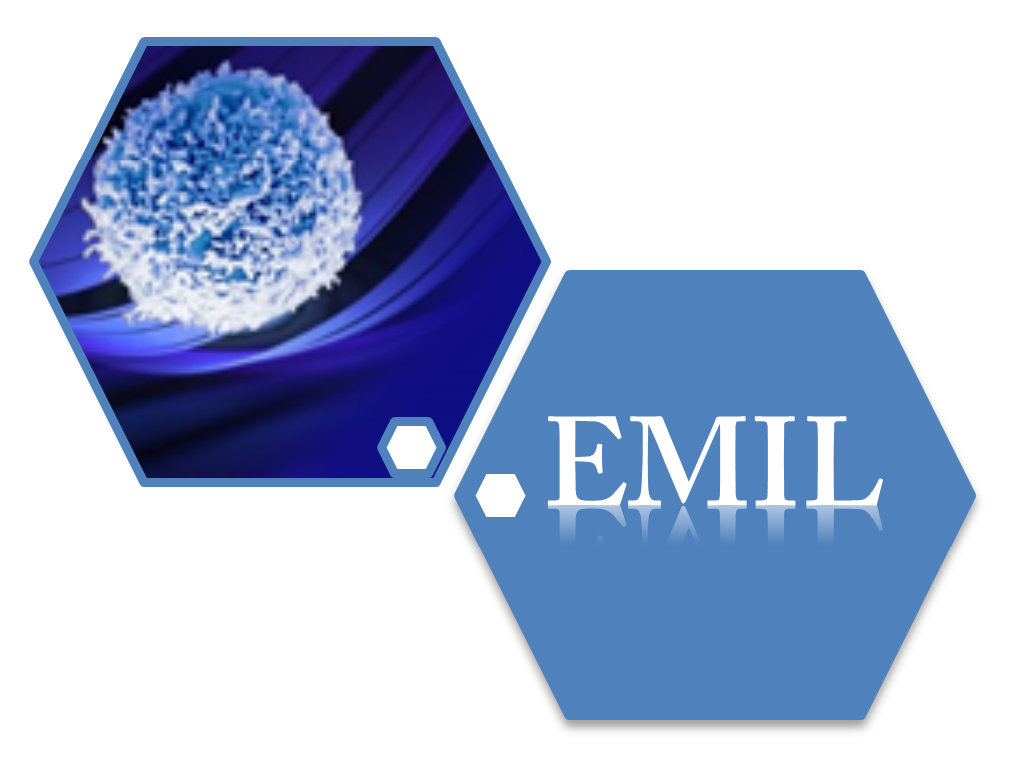Since 1990 in Catania University researches have been carried on a broad range of biological phenomenon considered from a physical point of view. In particular the Delayed Luminescence (DL) from biological material and the influence of electromagnetic fields on living systems has been explored. These researches, supported by several Italian Government Agencies, as INFN, CNR, INFM, MIUR and the University of Catania itself, have been carried out in the frame of a wide international network of scientific cooperation. During the years common works have been developed with the International Institute of Biophysics, Neuss (Germany), the Institute of Science in Society, London (U.K.), the Biophoton AG Treyvaux (Switzerland), the Bogolyubov Institute, Kiev (Ukraine), the Lausanne University Hospital (Switzerland), the Department of Molecular Cell Biology of Utrecht University (Netherlands), the Department of Biophysics of “Carol Davila” University of Medicine and Pharmacy, Bucharest (Romania), the Pollack lab of Washington University.
On the basis of the research results the team have demonstrated the close connection existing between the ultraweak photon emission, both spontaneous and photoinduced and the physiological state of living systems; they were successful in underlining the extreme sensibility of some living organism to specific polluting substances and in discovering the possibility to estimate the vegetative vigour of some species of seeds in the sleeping state and to evaluate the state of ripening of the agricultural products measuring their ultraweak photon emission.
The numerous experimental data accumulated on Delayed Luminescence (DL) of biological systems has been used to validate a physical model, based on previous theoretical studies, which connect the non-linear mechanisms of charge and energy transfer in biological systems to collective coherent electron states in the solid state systems of the reduced dimensionality. The model explains the possible role of electro-solitons in the DL.
Due to the difficulty to find on the market suitable equipment to study the phenomenology of interest EMIL team has developed an advanced experimental set-up able to measure a remarkable difference between the DL from cultures of normal and tumour human cells of the same density and is nowadays developing a technique for a non-invasive analysis of the state of human skin in vitro and in vivo.
Special attention at this moment is given to the further development of the experimental set-up, based on advanced single photon solid state detectors, with the aim to obtain imagines of the DL of tissues and organism.
A further field of interest concerns the possibility of non-thermal effects of electro-magnetic fields (EMF) on biological systems. We have performed measurement on the yeast Saccharomyces cerevisa, representative of eukaryote cells, revealing the importance of the modulation of the magnetic fields because modulated fields produce the same effect of non modulate fields with an intensity two order of magnitude higher.
At last, in order to investigate the role of water network in proteins structure the behaviour of DL and of dielectric permittivity in collagenous tissues has been measured. The data at each frequency value show a sudden decrease of the permittivity and a corresponding increase of DL when the tendon humidity decreases. Moreover the values of dielectric permittivity for low frequency are very high, like in some ferroelectric materials, and can not be explained using classical models.
Due to the outstanding role of water in the biological phenomena, several measurements on the influence of structuring of water due to particular solutes have been performed. DL seems to be a good probe to check and follow the presence of these structures and, in this direction, further analysis are programmed.


